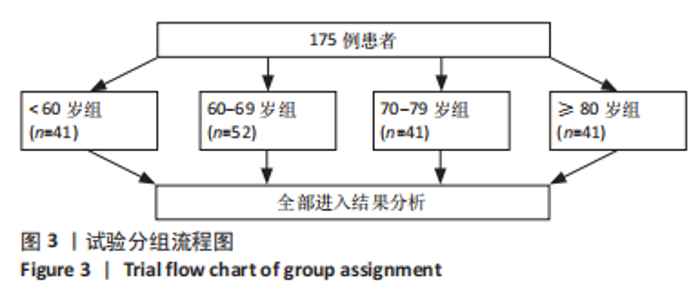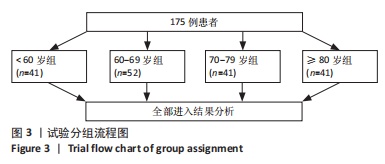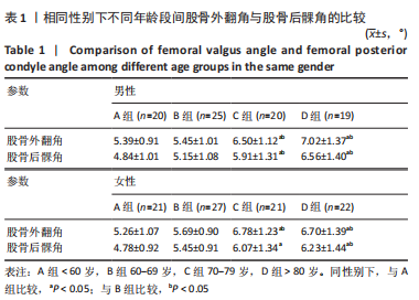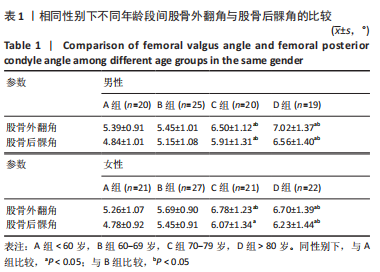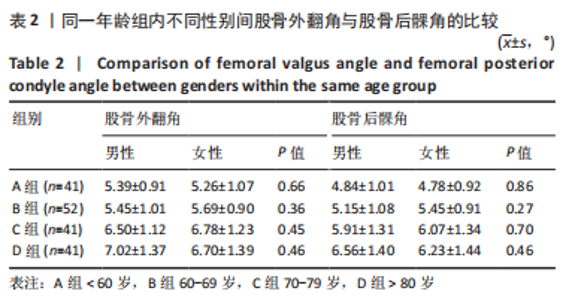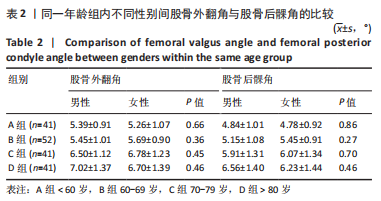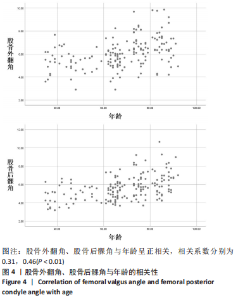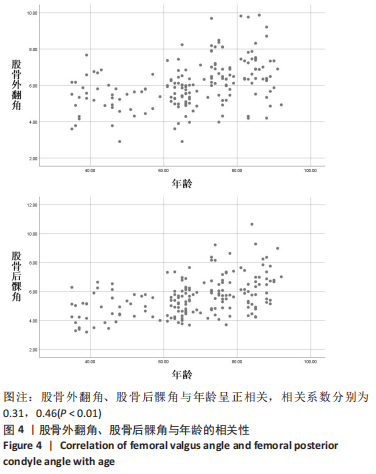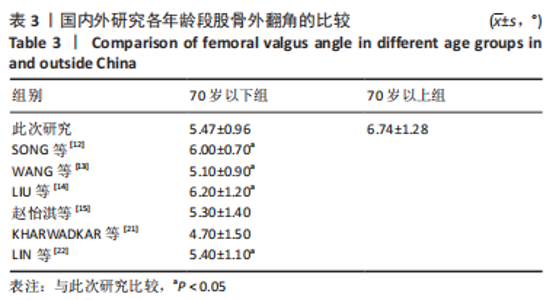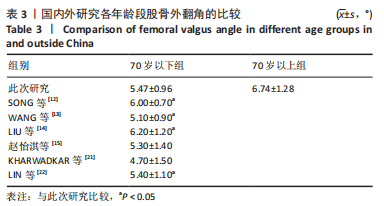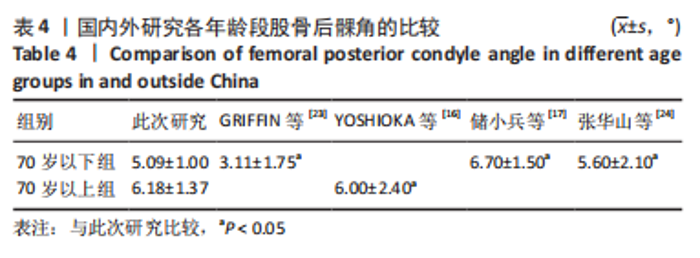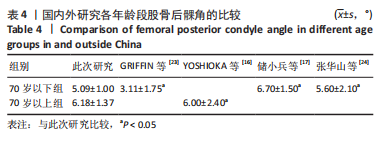[1] NEOGI T, ZHANG Y. Epidemiology of osteoarthritis. Rheum Dis Clin North Am. 2013;39(1):1-19.
[2] 陆艳红,石晓兵.膝骨关节炎国内外流行病学研究现状及进展[J].中国中医骨伤科杂志,2012,20(6):81-84.
[3] CROSS M, SMITH E, HOY D, et al. The global burden of hip and knee osteoarthritis: estimates from the global burden of disease 2010 study. Ann Rheum Dis. 2014;73(7):1323-1330.
[4] 刘献祥,林燕萍.中西医结合治疗骨性关节炎[M].北京:人民卫生出版社,2009:12.
[5] PRICE AJ, ALVAND A, TROELSEN A, et al. Knee replacement. Lancet. 2018;392(10158):1672-1682.
[6] DALL’OCA C, RICCI M, VECCHINI E, et al. Evolution of TKA design. Acta Biomed. 2017;88(2S):17-31.
[7] KLEM NR, SMITH A, O’SULLIVAN P, et al. What Influences Patient Satisfaction after TKA? A Qualitative Investigation. Clin Orthop Relat Res. 2020;478(8):1850-1866.
[8] ABDEL MP, OUSSEDIK S, PARRATTE S, et al. Coronal alignment in total knee replacement: historical review, contemporary analysis, and future direction. Bone Joint J. 2014;96-B(7):857-862.
[9] LEE JG, KEATING EM, RITTER MA, et al. Review of the all-polyethylene tibial component in total knee arthroplasty. A minimum seven-year follow-up period. Clin Orthop Relat Res. 1990;(260):87-92.
[10] WINDSOR RE, SCUDERI GR, MORAN MC, et al. Mechanisms of failure of the femoral and tibial components in total knee arthroplasty. Clin Orthop Relat Res. 1989;(248):15-20.
[11] INSALL JN. Surgery of the Knee. Churchill Livingstone, New York, 1984: 828.
[12] SONG MH, YOO SH, KANG SW, et al. Coronal alignment of the lower limb and the incidence of constitutional varus knee in korean females. Knee Surg Relat Res. 2015;27(1):49-55.
[13] WANG Y, ZENG Y, DAI K, et al. Normal lower-extremity alignment parameters in healthy Southern Chinese adults as a guide in total knee arthroplasty. J Arthroplasty. 2010;25(4):563-570.
[14] LIU T, WANG CY, XIAO JL, et al. Three-dimensional reconstruction method for measuring the knee valgus angle of the femur in northern Chinese adults. J Zhejiang Univ Sci B. 2014;15(8):720-726.
[15] 赵怡淇,黄桂武,李文昌,等.中国南方人股骨干形态特征及其对股骨外翻角的影响[J].中国临床解剖学杂志,2022,40(1):4-9.
[16] Yoshioka Y, Siu D, Cooke TD. The anatomy and functional axes of the femur. J Bone Joint Surg Am. 1987;69(6):873-880.
[17] 储小兵,吴海山,祝云利,等.全膝置换术中股骨假体旋转参照轴的影像学比较研究[J].解放军医学杂志,2006(1):69-70.
[18] 吴伟,郭万首,李传东,等.CT三维重建分析不同体位下股骨侧弓对下肢力线测量的影响[J].中国组织工程研究,2017,21(11): 1764-1769.
[19] ZHOU K, LING T, XU Y, et al. Effect of individualized distal femoral valgus resection angle in primary total knee arthroplasty: A systematic review and meta-analysis involving 1300 subjects. Int J Surg. 2018;50:87-93.
[20] 雷凯,刘力铭,范华全,等.全膝关节置换术中3种股骨旋转截骨参考轴线的准确度对比[J].第三军医大学学报,2021,43(3):261-266.
[21] KHARWADKAR N, KENT RE, SHARARA KH, et al. 5 degrees to 6 degrees of distal femoral cut for uncomplicated primary total knee arthroplasty: is it safe? Knee. 2006;13(1):57-60.
[22] LIN YH, CHANG FS, CHEN KH, et al. Mismatch between femur and tibia coronal alignment in the knee joint: classification of five lower limb types according to femoral and tibial mechanical alignment. BMC Musculoskelet Disord. 2018;19(1):411.
[23] GRIFFIN FM, MATH K, SCUDERI GR, et al. Anatomy of the epicondyles of the distal femur: MRI analysis of normal knees. J Arthroplasty. 2000; 15(3):354-359.
[24] 张华山,翁文杰,蒋青.正常成人股骨远端后髁角的测量及其临床意义[J].中华骨科杂志,2006(4):252-255.
[25] 国家统计局,国务院第七次全国人口普查领导小组办公室.第七次全国人口普查公报(第五号)[EB/OL].(2021-05- 11)[2021-06-15]. http://www.fangchan.com/data/142/2021-05-14/6798807054812517346.html.
[26] SAMSONRAJ RM, RAGHUNATH M, NURCOMBE V, et al. Concise Review: Multifaceted Characterization of Human Mesenchymal Stem Cells for Use in Regenerative Medicine. Stem Cells Transl Med. 2017;6(12): 2173-2185.
[27] TARAZI JM, CHEN Z, SCUDERI GR, et al. The Epidemiology of Revision Total Knee Arthroplasty. J Knee Surg. 2021;34(13):1396-1401.
[28] PARRATTE S, PAGNANO MW, TROUSDALE RT, et al. Effect of postoperative mechanical axis alignment on the fifteen-year survival of modern, cemented total knee replacements. J Bone Joint Surg Am. 2010;92(12):2143-2149.
[29] FANG DM, RITTER MA, DAVIS KE. Coronal alignment in total knee arthroplasty: just how important is it? J Arthroplasty. 2009;24(6 Suppl): 39-43.
[30] 朱诗白,陈曦,钱文伟,等.浅谈全膝关节置换术中的冠状位下肢力线[J].中华外科杂志,2018,56(9):665-669.
[31] 潘盛,郑欣,黄超然,等.全膝关节置换术下肢力线的研究进展[J].中国骨与关节损伤杂志,2020,35(8):894-896.
[32] SHI X, LI H, ZHOU Z, et al. Individual valgus correction angle improves accuracy of postoperative limb alignment restoration after total knee arthroplasty. Knee Surg Sports Traumatol Arthrosc. 2017;25(1):277-283.
[33] LEI K, LIU LM, XIANG Y, et al. Clinical value of CT-based patient-specific 3D preoperative design combined with conventional instruments in primary total knee arthroplasty: a propensity score-matched analysis. J Orthop Surg Res. 2020;15(1):591.
[34] KINZEL V, SCADDAN M, BRADLEY B, et al. Varus/valgus alignment of the femur in total knee arthroplasty. Can accuracy be improved by pre-operative CT scanning? Knee. 2004;11(3):197-201.
[35] HUANG TW, KUO LT, PENG KT, et al. Computed tomography evaluation in total knee arthroplasty: computer-assisted navigation versus conventional instrumentation in patients with advanced valgus arthritic knees. J Arthroplasty. 2014;29(12):2363-2368.
[36] MERIC G, GRACITELLI GC, ARAM LJ, et al. Variability in Distal Femoral Anatomy in Patients Undergoing Total Knee Arthroplasty: Measurements on 13,546 Computed Tomography Scans. J Arthroplasty. 2015;30(10):1835-1838.
[37] PALANISAMI D, IYYAMPILLAI G, SHANMUGAM S, et al. Individualised distal femoral cut improves femoral component placement and limb alignment during total knee replacement in knees with moderate and severe varus deformity. Int Orthop. 2016;40(10):2049-2054.
[38] TASHIRO Y, UEMURA M, MATSUDA S, et al. Articular cartilage of the posterior condyle can affect rotational alignment in total knee arthroplasty. Knee Surg Sports Traumatol Arthrosc. 2012;20(8):1463-1469. |
